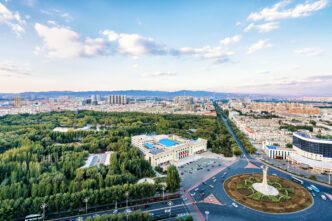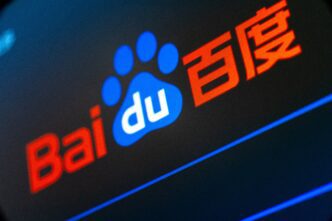Executive Summary
The Story So Far
Why This Matters
Who Thinks What?
Huawei Technologies has unveiled a comprehensive roadmap for its advanced chip and computing power systems, signaling an intensified effort to directly challenge global industry leader Nvidia. Ending years of relative secrecy surrounding its high-performance computing ambitions, the Chinese technology giant detailed plans for new AI chips, proprietary memory solutions, and cluster computing infrastructure designed to compete at the forefront of artificial intelligence development.
Huawei’s AI Chip Ambitions
Central to Huawei’s strategy is the expansion of its Ascend AI chip series, with three new generations—the Ascend 950, 960, and 970—slated for release over the next three years. The initial launch, the Ascend 950, is scheduled for the first quarter of next year.
The Ascend 950 will be offered in two distinct types, the 950PR and 950DT, each optimized for different stages of AI inference. Following this, the Ascend 960 is projected to double the computing power and memory capacity of its predecessor, with the Ascend 970 promising further performance enhancements.
Advancements in Memory and Computing
Huawei also highlighted its proprietary high-bandwidth memory (HBM), which the company asserts is more cost-effective than current industry benchmarks like HBM3E and HBM4E. This development is critical for managing the vast data requirements of advanced AI models.
In parallel, Huawei is developing robust cluster computing systems, including the Atlas 950 SuperPod. This system is designed to offer significantly greater computing power and memory capacity compared to Nvidia’s comparable offerings, aiming to provide a powerful alternative for large-scale AI training and deployment.
Expanding Processor Offerings
Beyond its AI-focused Ascend series, Huawei intends to bolster its general-purpose processing capabilities with the Kunpeng CPU chip product line. This initiative also includes the development of associated cluster computing products, further broadening Huawei’s ecosystem for enterprise and high-performance computing applications.
Strategic Outlook
Huawei’s detailed disclosure of its chip and computing power roadmap underscores a strategic push to establish itself as a formidable competitor in the global AI hardware market. By investing heavily in proprietary chip design, memory technology, and integrated computing systems, the company aims to reduce reliance on external suppliers and secure a significant share of the rapidly expanding artificial intelligence infrastructure sector.








